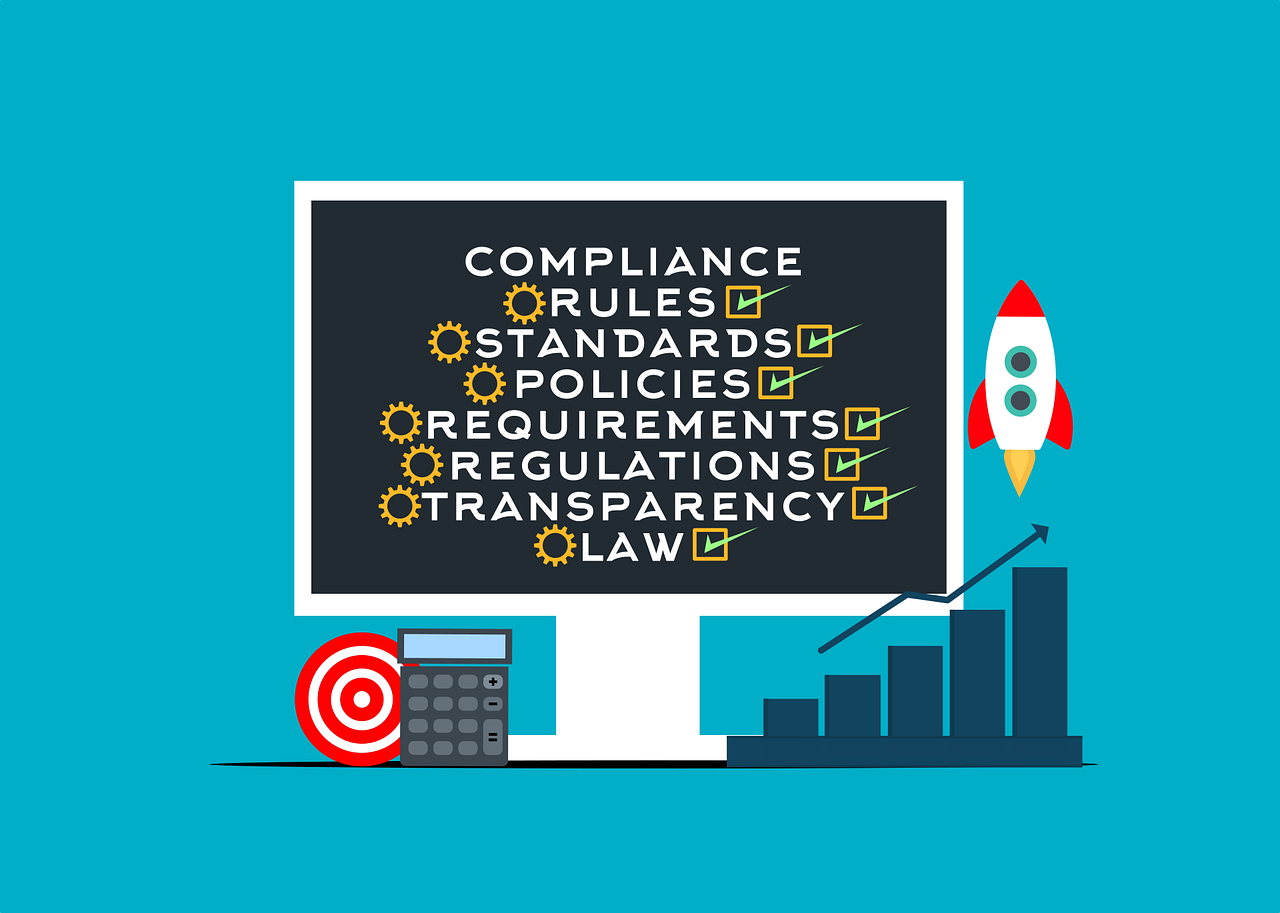Compliance management is all about making sure that employees and businesses follow a set of rules. However, these aren’t just any rules but involve legal, ethical, and professional standards that your industry sets.
Non-compliance can lead to serious issues, which result in fines, penalties, revenue loss, and even reputational damage.
In this article, we’ll dive deeper into learning more about compliance management and how you can build a compliance fortress for your business.
Understanding and keeping up with compliance requirements
Before you go any further, it’s important to first understand compliance requirements. To understand and keep up with compliance requirements, you need to be mindful of a few steps:
- Follow new regulations
- Be aware of new policy changes
- Understand the impact compliance has on your organizations operations
The real question, however, is, how can you strengthen your organization’s compliance management? Here are a few steps to follow:
- Provide employee training: Creating a compliance culture all starts with investments in compliance training for you and your team. This doesn’t only educate individuals about their responsibilities but allows them to become accountable for what they do.
- Leverage the use of technology: Leveraging technology tools for compliance management is not an option anymore, but a must. There are plenty of automated tools that can simplify tasks, reduce manual human errors, and help you modify your compliance strategy.
- Create a compliance framework: It’s always a great idea to build a compliance framework that will align with your business objectives and regulatory requirements. This involves defining your policies, procedures, and controls for all compliance aspects.
No further step can be taken if you aren’t aware of the compliance landscape, therefore, pay close attention to it before you move any further.
Invest in compliance training
Investing in compliance training for your employees plays a huge role. A prepared workforce can reduce risks of non-compliance, making your training a necessary act. Let’s dive deeper into learning more about how you can properly invest in compliance training:
- Mandatory compliance training: This should be a priority and account for employees, regardless of their position in the organization. Compliance training should go with standards that follow industry regulations, your compliance policies, and what the consequences are of non-compliance.
- Use technology to the maximum: Technology has come a long way and has modified the way we approach anything. Many platforms offer e-learning courses and training modules that allow you to track employee progress and where you need to shift your focus.
Use the power of technology for automated compliance
Technology has helped us reduce time consumption and become more aware of our compliance management journey. Automated compliance can significantly help in reducing human errors, simplifying processes, and improving the efficiency of your compliance operations.
Let’s learn more about how technology will help you with automated compliance management:
- Embracing automation tools: Automation tools help improve your compliance management strategy. These tools are great for removing repetitiveness and reducing time consumption.
- Artificial Intelligence (AI) and Machine Learning (ML): AI and ML technologies can enhance compliance management, analyze large amounts of data in real time, identify patterns, and provide better insights for your decision-making process. This makes the process easier for you and your team and for them to comply with regulations.
- Promote data security and follow data privacy rules: As you continue to leverage technology tools for compliance management, it’s important to follow data privacy rules and comply with changes in data privacy regulators. Always read more on updates made by data privacy regulators like the General Data Protection Regulation (GDPR) and the California Privacy Rights Act (CPRA).
The impact of the Digital Markets Act (DMA) on user privacy and consent management
The Digital Markets Act came into force at the end of 2022. The DMA implements restrictions on search engines, social networks, video-sharing platforms, and online ad services that are owned by larger corporations. Since they have a large impact, all these larger corporations like Google need to follow these restrictions and protect user rights at all costs.
The DMA protects user privacy and consent management. Here’s more about it:
- User consent: All large corporations (gatekeepers) need to obtain user consent for processing personal data.
- Sharing personal information: The DMA tells gatekeepers to share personal data with businesses and advertising companies upon request. Data sharing needs to always be done on non-discriminatory terms.
- Transparency and user control: Transparency means that users are informed of how their data is being collected and processed, helping them make informed decisions. Users should always have the right to withdraw or deny consent.
The DMA will always evolve and the whole idea here is to make sure that user privacy is being respected. Businesses need to always be well aware of user privacy and inform them of how their data is being stored, managed, and collected.
Review and conduct regular audits
Regular audits allow you to learn more about what kind of gaps you have in your compliance program. Here are some steps to follow to provide more insight into this:
- Conduct regular audits: It’s a good idea to always schedule regular compliance audits. This way, you can always conduct regular examinations of your compliance programs.
- Include external auditors: External auditors can help in providing unbiased perspectives and insights for your compliance management system. They can also help in recommending the type of improvements you need to make.
- Address audit findings: This is even more important than conducting audits on their own. These findings help to point out major regulatory gaps or any non-compliance-related issues. This helps in showing how well your compliance management system is going.
This approach helps in promoting long-term compliance success in the organization.
Always be ready to build a strong compliance management plan
Building a strong compliance management plan is what will help you build long-term success. Understanding compliance requirements, staying updated with changes, leveraging technology, and creating a fortress of compliance that will protect your business and support its long-term growth.







![The Global Tax [r]Evolution](https://acquisitioninternational.digital/wp-content/uploads/2018/07/b59ea84e-0c19-4332-9436-82f948335d22.jpg)













